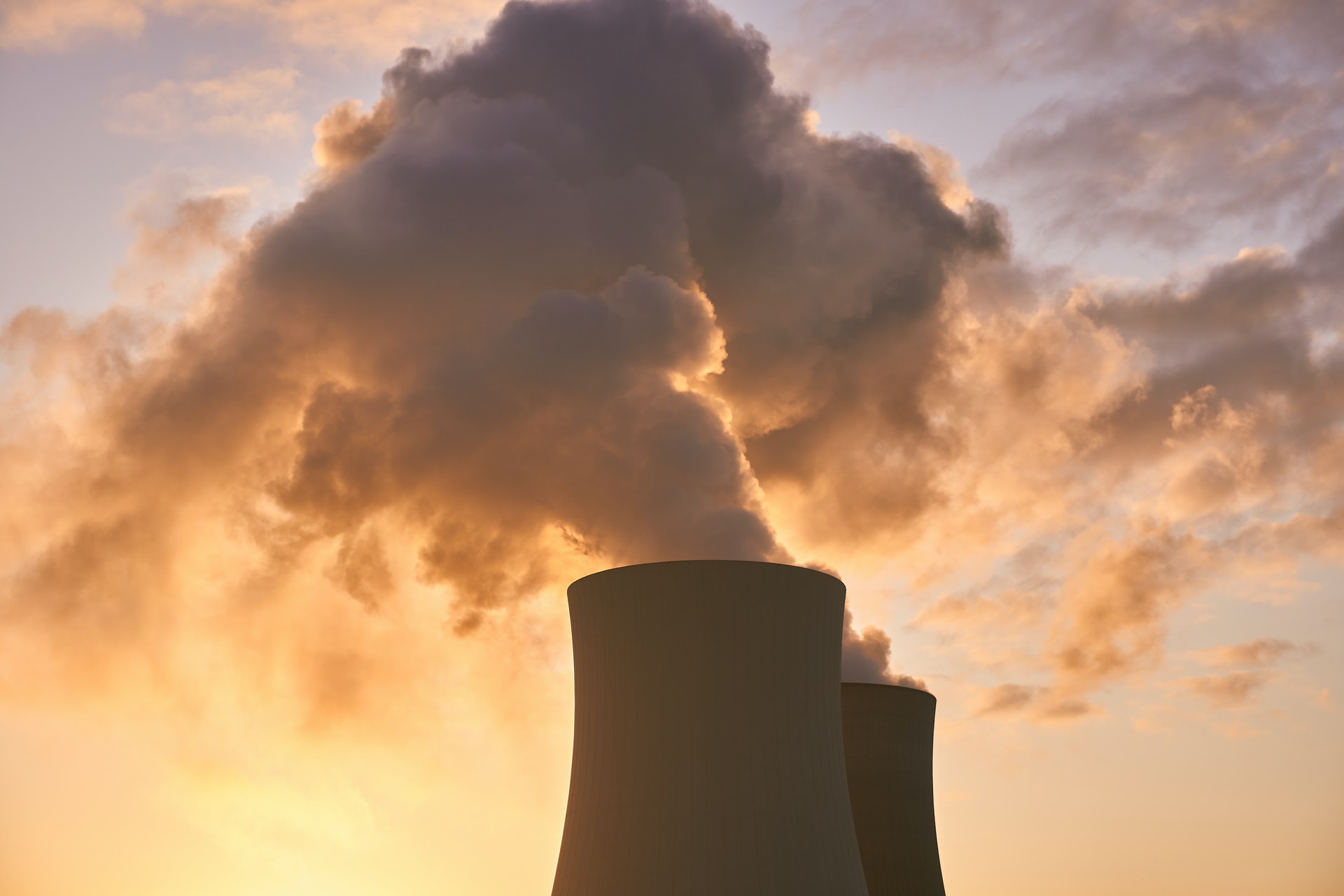
A key growth driver behind liquefied natural gas (LNG) demand has been environmental policy and regulatory pressure driven by decarbonization and air quality improvement goals. The Paris Agreement signed in 2016 aims to restrict greenhouse gas (GHG) emissions and slow the global temperature rise to 2 °C above pre-industrial levels. The Philippines is one of the countries that have committed to the agreement and is pushing the use of cleaner sources such as natural gas to meet its growing energy demand to meet its decarbonization goals. Additionally, it has also announced limits to air pollutants such as carbon monoxide (CO), hydrocarbons (HCs), oxides of nitrogen (NOx) and sulfur (SOx), and particulate matter (PM). Exhibit 1 shows examples of a few decarbonization and air quality goals adopted globally.

Exhibit 1. Decarbonization and air quality goals adopted globally
In addition to decarbonization and air quality goals, maturing LNG market, technology and business innovation leading to capex and opex improvements, and commoditizing LNG markets can drive LNG demand for power generation in the Philippines. Exhibit 2 below illustrates delivered ex-ship cost (DES) of U.S. LNG to the Philippines based on a tolling model. U.S. LNG exporters allowing LNG buyers to pay tolling fees and reserve liquefaction capacities regardless of liquefaction or usage fees has introduced flexibility and cost competitiveness in the LNG market. This is expected to drive LNG demand growth in the Philippines.

Exhibit 2. Delivered ex-ship LNG cost of the Philippines from the U.S. in U.S. dollars per million BTU
LNG has several economic benefits and levelized cost of electricity (LCOE) from gas-based power plant is much lower than coal-fired power plant and delivered LNG costs are competitive with coal imports. Additionally, considering increasing subsidies for gas use and penalties against coal use in Asia, use of gas for power generation is expected to grow in the long term. Capex of a gas-based power plant is 75% to 85% lower than that of a coal-based power plant. Opex of a gas-based power plant, on the other hand, is 65% to 80% lower. Exhibit 3 shows the comparison between LCOE of gas-based and coal-based power generation.

Exhibit 3. Levelized cost of electricity by fuel in the Philippines in U.S. dollars per MWh
This work is based on a white paper that ADI Analytics worked on to assess LNG pricing and market opportunities in the Philippines. The United States Agency for International Development (USAID) commissioned the United States Energy Association (USEA) and National Association of Regulatory Utility Commissioners (NARUC) who in turn asked ADI Analytics to help them with the assessment. Please fill the form below to access the white paper. Contact us to learn more.
By Panuswee Dwivedi



















